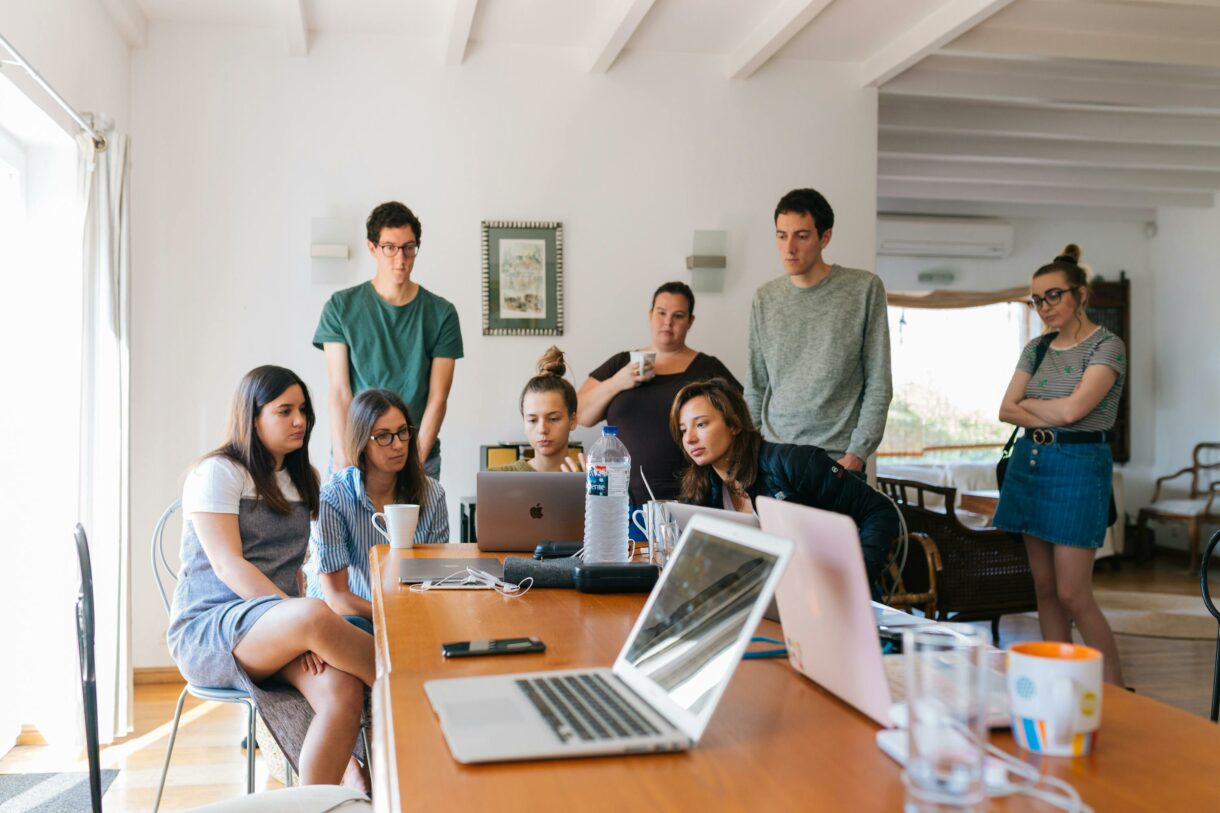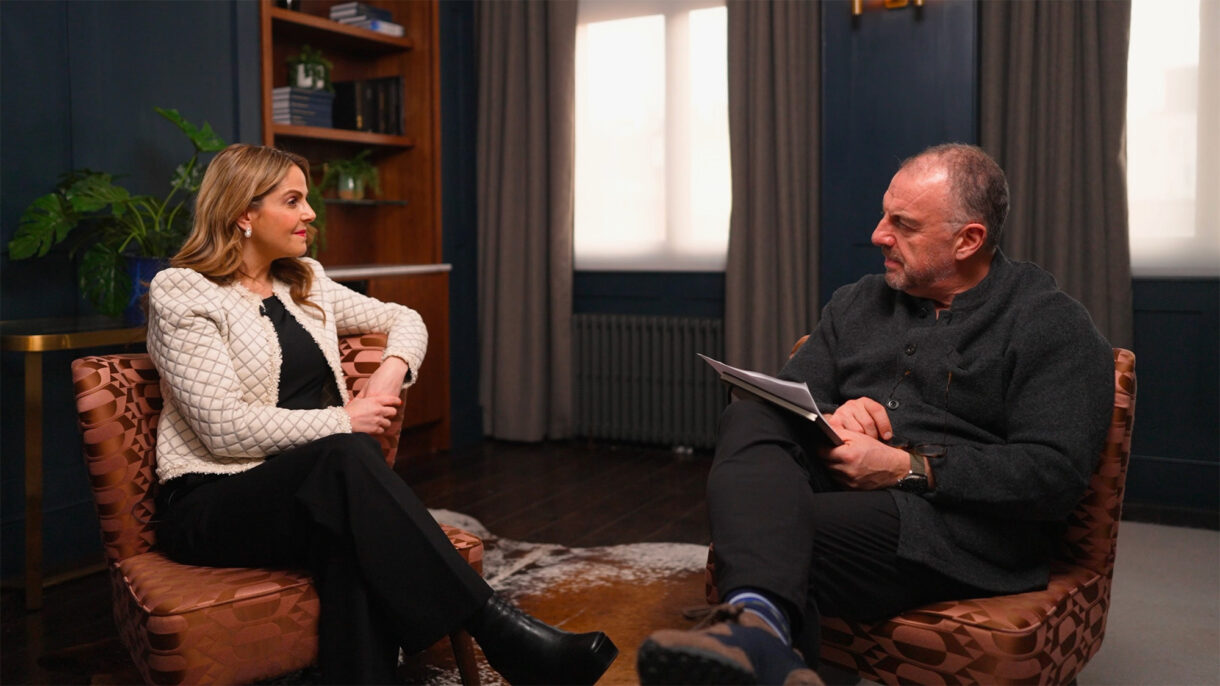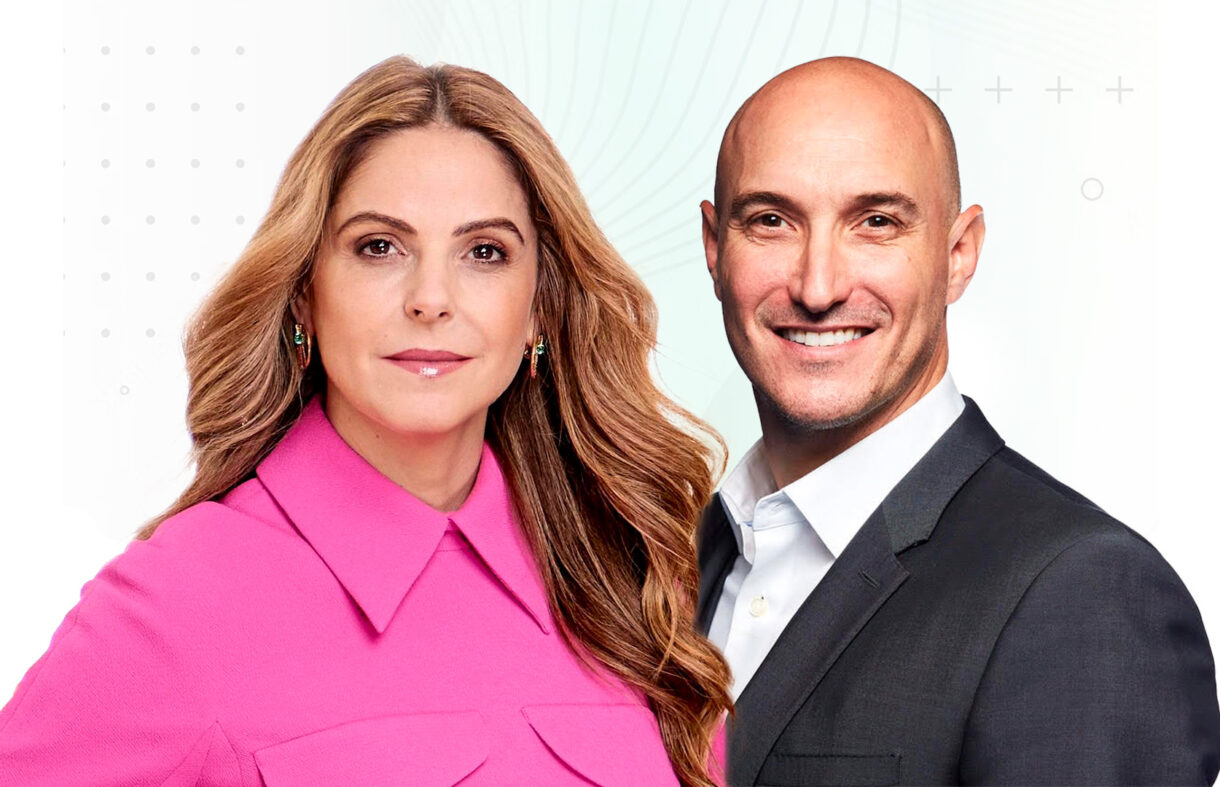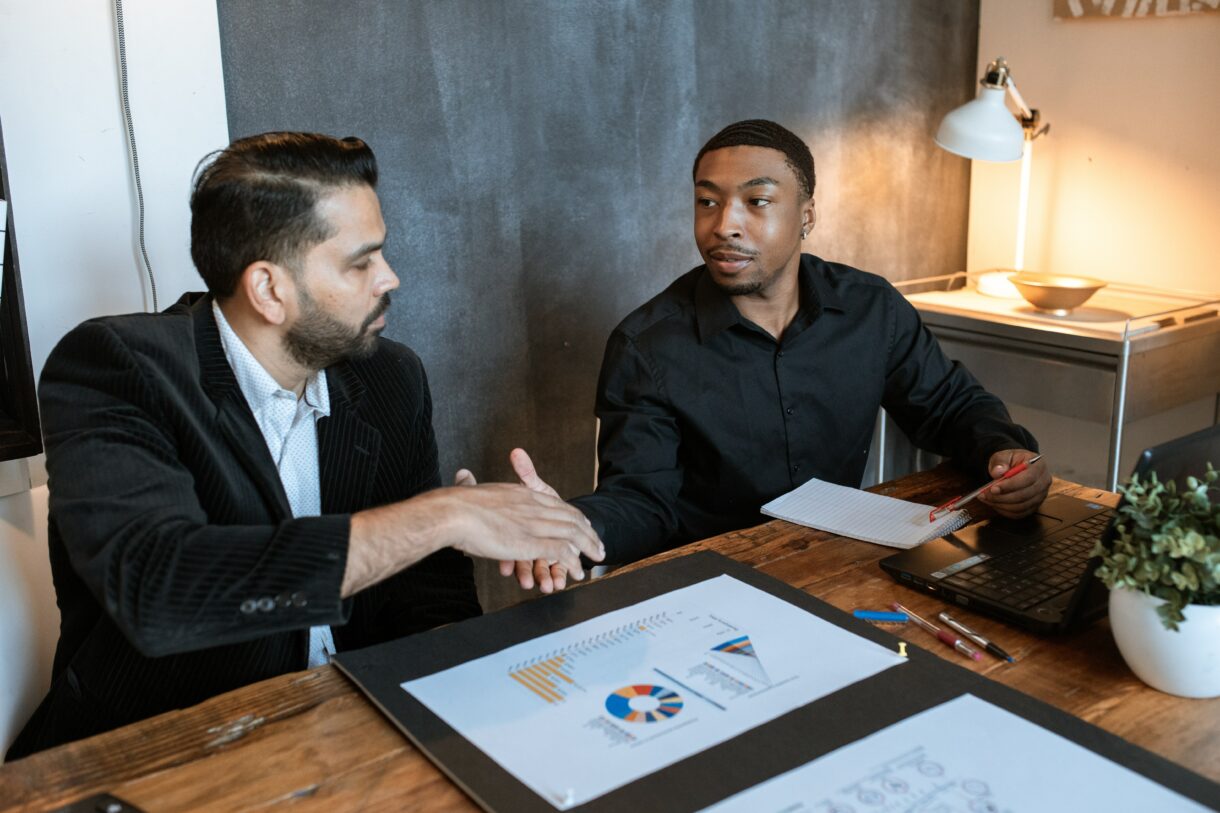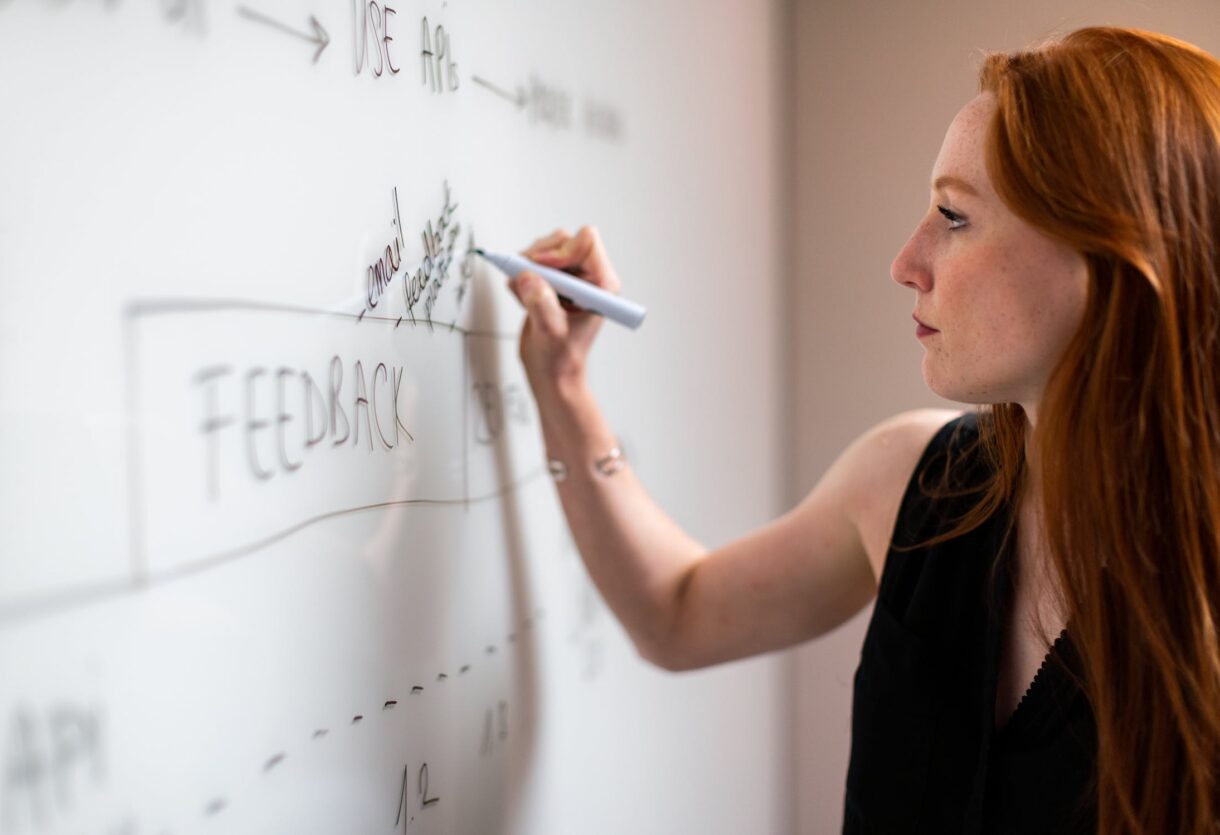Rather than point to a training course, leaders will talk about a time when they stepped out of their comfort zone to rise to a challenge or deal with a crisis.
Research supports this: most of what people learn about leadership comes from job and life experience. However, classroom-based leadership training abounds because it is easier to design classroom experiences than workplace experiences.Because leadership development is a journey, the best experiences take place in the workplace. Taking on difficult, important human and organisational problems is the best way to develop leadership – leaders develop when they actually lead.
Leaders, managers and HR staff can all help individuals author their own leadership stories while fulfilling their roles and responsibilities.
As a leadership-development practitioner, I work to create professional environments that encourage and nurture leaders in real time. This article explores how.
Not surprisingly, studies show that the more frequently something is experienced, the stronger its effect on future thinking and behaviour. Although every role involves some measure of leadership, most work downplays leadership tasks in favour of technical knowledge and performance. As a result, leadership is under-represented in the catalogue of experiences someone acquires over a lifetime. In fact, many organisational habits – the busy-ness, the short-term focus on results, the competitiveness – actually reduce the likelihood that true leadership will ever emerge.
The global credit crunch highlights this fundamental flaw in normal leadership-development processes. Unfortunately, many organisations set priorities that present individuals with a pathway to non-leadership, channelling attention toward maintaining appearances, addressing short-term concerns, and competing with colleagues. While most of us would say these practices fly in the face of our leadership aspirations, we still participate in cultures that work that way.
“A leader takes people where they want to go. A great leader takes people where they don’t necessarily want to go, but ought to be.”
Rosalynn Carter
First Lady of the United States from 1977 to 1981
Many everyday situations call for leadership. These situations are rarely planned; they are seldom met with a leadership response, and as a rule, they don’t lift individuals out of their existing mindset. Consequently, the experience is under-utilised, and it does not foster new insights, new values or new qualities of character.
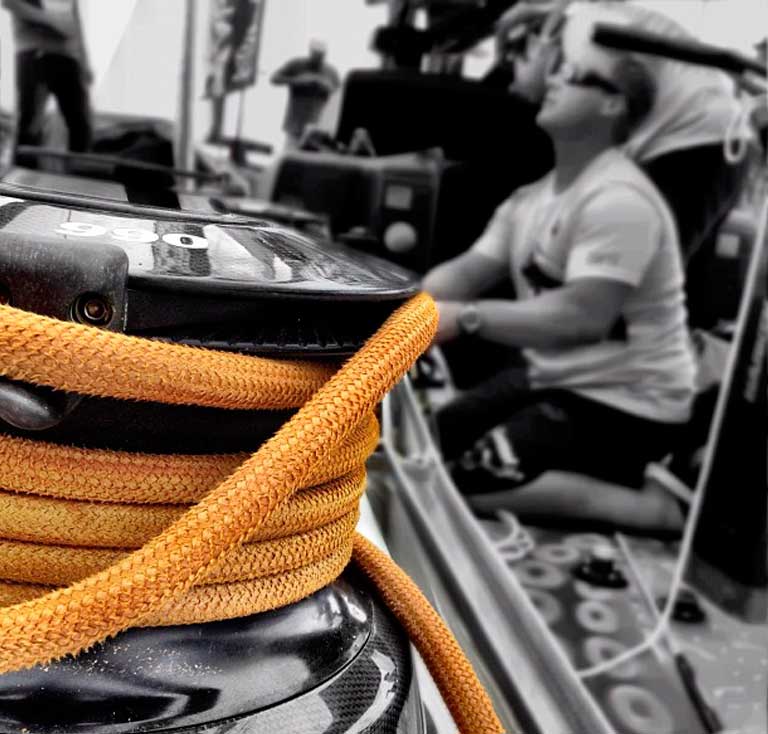
Our leadership development philosophies look for remedies for this leadership breakdown in the domain of skills and knowledge. Inject a measure of self-aware- ness or strategic thinking – so the thinking goes – or teach the character traits of leader-heroes like Mandela, Gates or Obama, and individuals will meet future challenges with judgement, drive and influence. But the results are underwhelming. We see little proof that the huge investment in formal leadership training has significantly increased either the quality or quantity of leadership in our organisations.
Designing leadership development into the workplace
The often frenetic reality of workplaces poses some serious obstacles for leadership development. However, small changes in existing processes, alongside deeper adjustments in attitudes towards work design and performance, can go a long way.
Here are some suggestions:
- Encourage people to find the leadership in their jobs. All jobs can provide an opportunity to create a compelling result or to address problems and opportunities with integrity and personal commitment. Don’t make leadership into a competency-collection exercise or, worse, something beyond reach.
- Build a coaching culture, and give your managers and mentors tools and skills to nudge and tease the leadership out of the people they coach. Teams can also be wonderful crucibles for leadership action and leadership development.
- Encourage your leaders and facilitators to initiate tough team conversations about the leadership challenges and the long-term implications for the organization.
- Create more time for reflection. Reframe the time people spend together as an opportunity to reflect on events and actions, explore blocks to leadership, give supportive and developmental feedback, and plan next steps.
- Introduce peer coaching, communities of practice/inquiry, and mentoring relationships. Use any of these to cultivate habits of critical reflection and systems thinking.
- Avoid dwelling on the problems of culture and focus instead on creating the positive conditions for leadership. Redefine or redesign jobs so people engage in new patterns of leadership action. If people complain that the prevailing culture makes it too tough to lead, remind them that this is also an opportunity of leadership.
- Create a better balance of course-based and workplace leadership development. Focus your leadership development activity on key experiences within jobs. Use case studies to demonstrate how jobs can develop leadership character.
- Create structures which enable people to think and talk about leadership. Review your formal leadership programmes to ensure they offer practical tools and frameworks which help participants lead and learn.

Stay up-to-date with our latest news:
Subscribe

